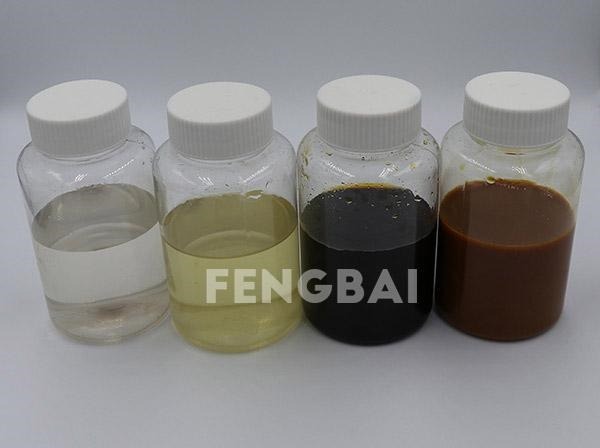Poly Aluminium Chloride or PAC is a widely used chemical in industrial processing. But PAC doesn’t refer to a single product. Instead, it varies depending on the composition. These are characterized by two numbers, one by their strength and the second by their basicity. By changing these numbers, you get a variety of PAC poly aluminium chloride mixture. So, it’s safe to say it has a wide range of features. Let’s explore some of them.
It’s a Coagulant
A coagulant is a substance used in water treatment plants. And PAC is an excellent coagulant. Basically, these are the substances that cause other particles in the liquid to clot and form a lump. These impurities can then be removed easily, especially the removal of phosphorous and humic acid, both hazardous.
As a cost-effective coagulant, it is a widely used substance at the water treatment plants to remove natural organic matter and other particles. The SO42 particles determine the size of the polymerized particles. So, the higher their concentration, the easier it will be to separate the impurities. Because of its low acidity and high basicity, it is better than other coagulants used as an alternative.
Purification Agent
Because of its properties as a coagulant, it is used as a separation agent. But by varying the concentration of its components, PAC can be used to purify other particles. There are various grades available; two of the most common ones are PAC poly aluminium chloride and Basic aluminum chloride. While PAC is good for coagulation, the basic version is ideal for the treatment of less severe water.
Because it offers good turbidity, it can effectively discolor the water by leaving no residual color. A particular concentration of PAC can be used at swimming pools for the coagulation of waste materials. You won’t be using the same dosage as the industrial PAC. Therefore, consult with a chemical vendor for proper dosage before using PAC poly aluminum chloride for swimming pools.
Because of the discoloration property, PAC is also used in the paper industry for processing pulp.
Non-corrosive
Corrosion is a massive problem faced by industrial companies. Corrosive substance damages the pipes and other materials that they come in contact with. Thus, there’s a high chance of leakage in pipes and containers that carry corrosive substances. But because of its low level of acidity, PAC is non-corrosive in nature. It won’t chemically attack the metals it comes in contact with and corrodes them. There’s a high chance of microbiologically influenced corrosion in sewage plants if microbes attack and corrode the metals. PAC-Nitrogen is often used in these cases to reduce the amount of oxygen and water in the pipe.
Therefore, by using PAC at your factory, you can ensure that your pipelines and containers don’t get damaged.
PAC is also gentle on human skin and won’t cause much discomfort, but any type of contact is highly discouraged.
Non-combustible
PAC is a non-flammable substance. It doesn’t react easily with oxygen to produce a flame. And therefore, it has no chance of catching fire and is safe for storage in highly flammable areas. On burning, it will only emit fumes but won’t result in flames.
Because of all these properties, poly aluminum chloride is easy to transport from one place to another. It is not labeled as a dangerous good by NZS 5433:2012, which makes it safer for road transportation. Similarly, it is not included in either the Maritime Dangerous Good Code or International Air Transport Association (IATA) Dangerous Goods Regulations, thus, making it safer for both water and air transportation.
Because of varying concentrations available in the market, you need to order the ideal concentration for your requirement. A consultation with a reputed chemical supplier is therefore highly essential before placing an order.

